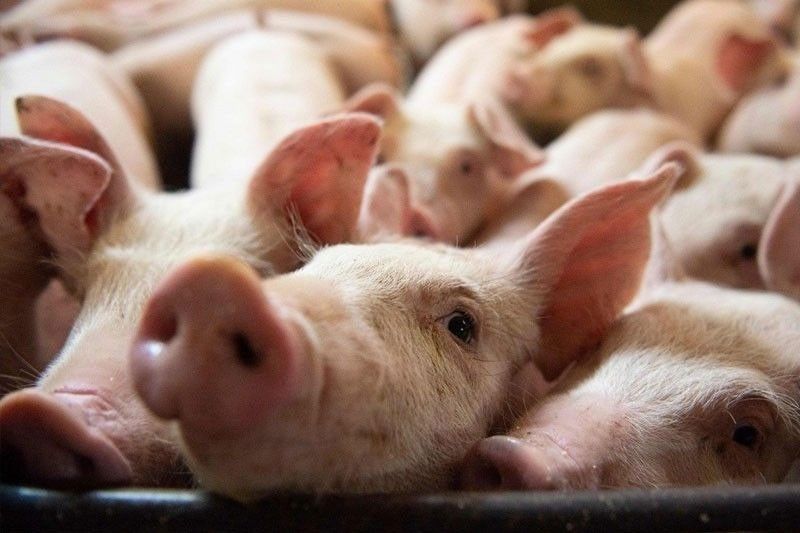State revenue losses from pork tariff cuts reach P3.4-B

MANILA, Philippines — The decision to hike pork imports at much lower tariffs to stabilize supply and tame red-hot inflation has cost the government billions in lost revenues at a time it needs cash to fund programs amid the pandemic.
The Bureau of Customs estimated it lost some P3.4 billion in revenues as of mid-November after duties slapped on swine meat imports were reduced starting in the second quarter, the Department of Finance said in a statement on Monday.
So far, Customs only collected P3 billion from pork imports despite the arrival of a total of 197 million kilograms of swine meat from abroad from April 7 to November 12. The bureau said pork imports have slowed down since the start of heightened purchases abroad.
The decision to buy more pork meat from foreign sources came after the African swine fever outbreak brought the local hog industry to its knees and fanned inflation, which has been hovering above the government’s 2-4 annual target for most of the year.
President Rodrigo Duterte has signed a number of executive orders that took effect on April 7 to gradually increase the volume of imported pork while lowering tariffs in the process. EO 128 cut pork import tariffs to 5% within the minimum access volume (MAV) while those outside the MAV were slapped with 15% duties for three months.
Duterte later adjusted the rates and signed EO 134, which superseded EO 128 and set tariffs on pork imports under the MAV to 10% for the first three months, and 15% in the next nine months. For imports outside the MAV, the tariffs are 20% for the first three months and 25% in the succeeding nine months. The one-year effectivity of EO 134 began on May 15.
“To compute for the effect of the two EOs, we multiplied the dutiable value of meat by 25%—less 5% and 15%—which were already paid for EO 128, and multiply the dutiable value by 20% and 15% for EO 134,” Customs Commissioner Rey Leonardo Guerrero was quoted as saying by the DOF.
“The result showed a revenue loss of P3.4 billion,” Guerrero.
But not only that the increased pork importation has proven to be too costly for the government, the move is also yet to significantly lower pork prices. Government data showed pork meat inflation stayed elevated at 11.9% year-on-year in October, albeit softer than 15.6% print recorded in the preceding month.
The government’s socioeconomic planning agency said port closures and other movement restrictions triggered by the pandemic are delaying the arrival of imported pork to markets, thereby keeping prices high.
- Latest
- Trending




























